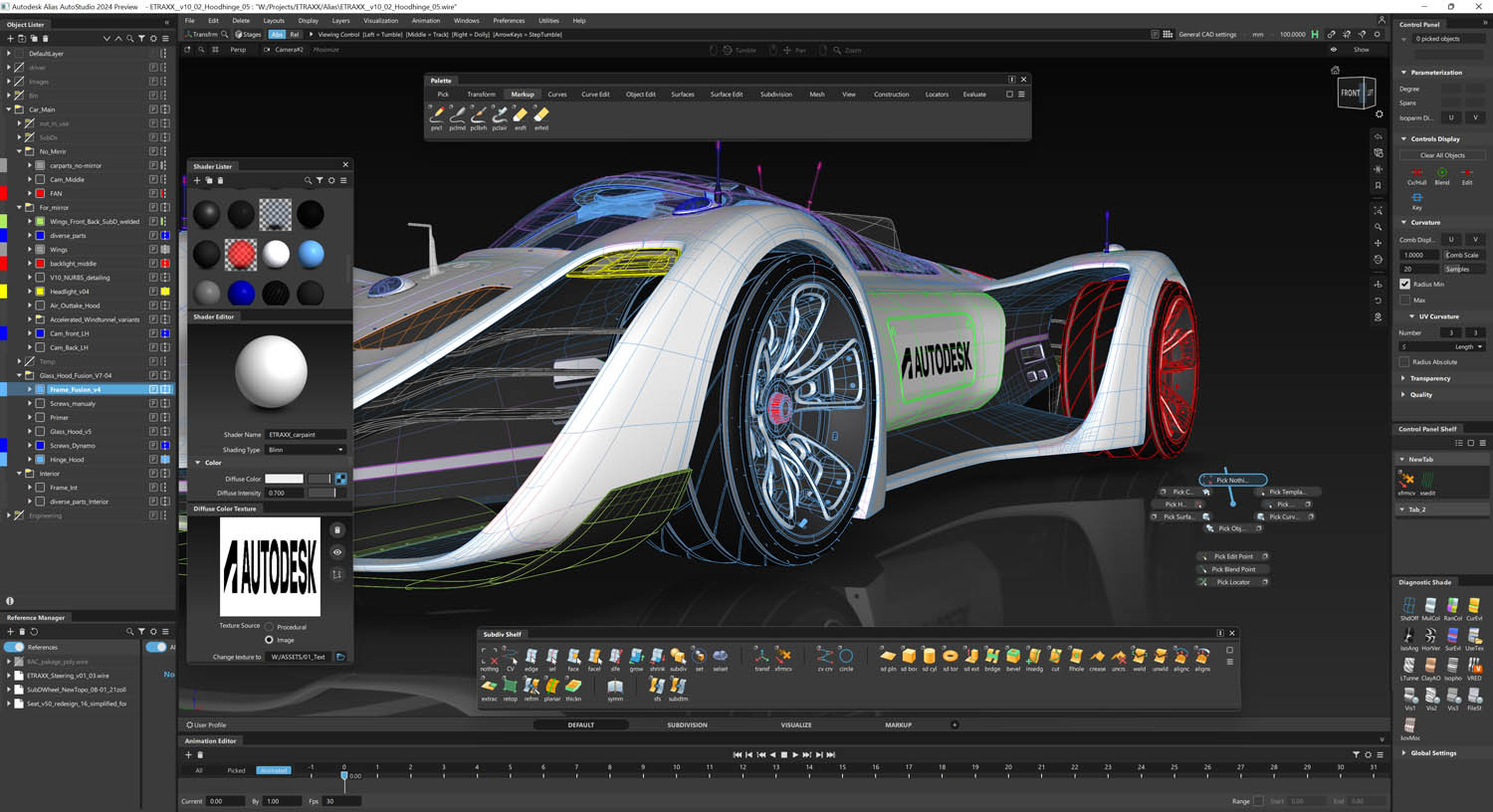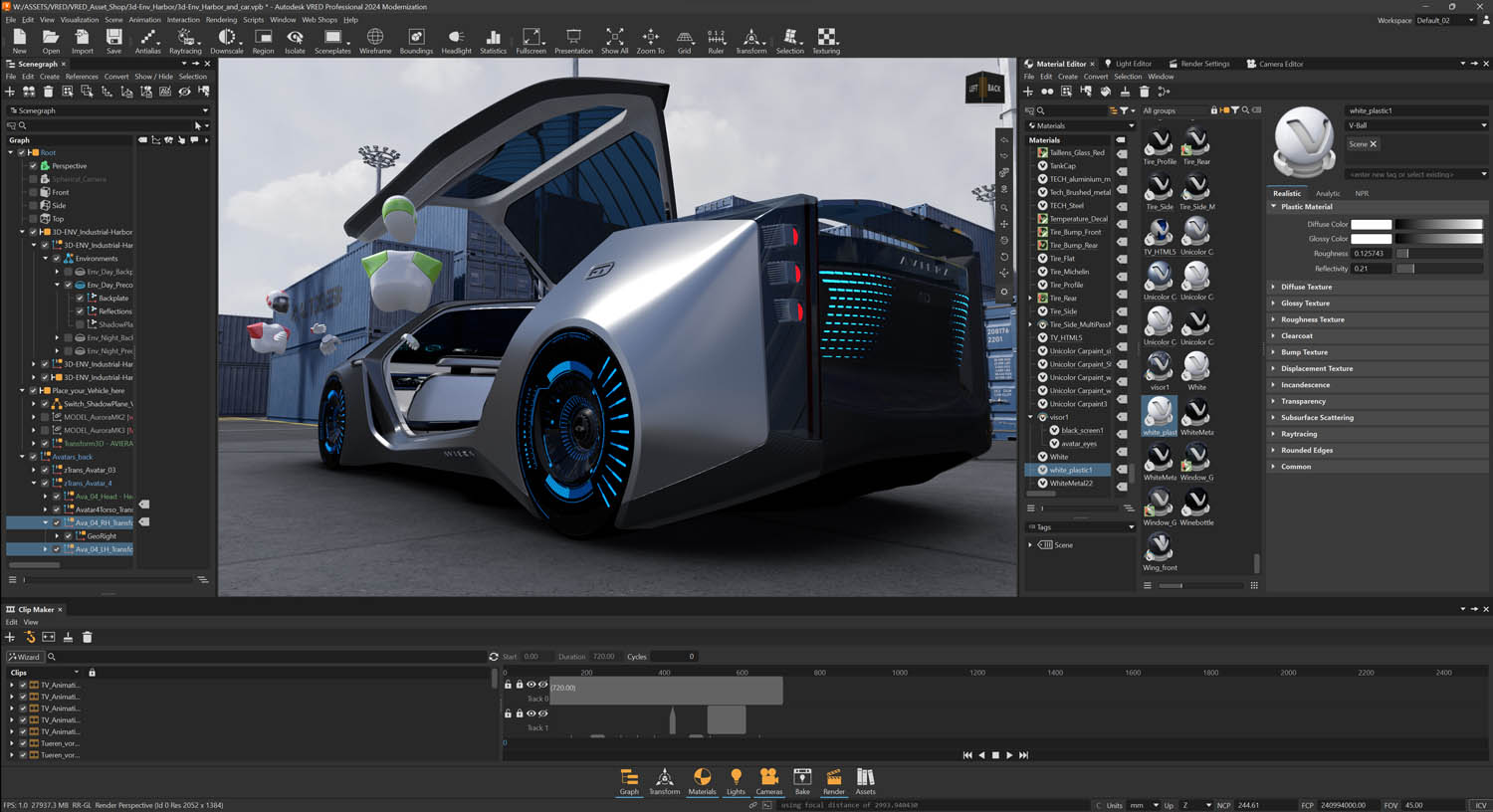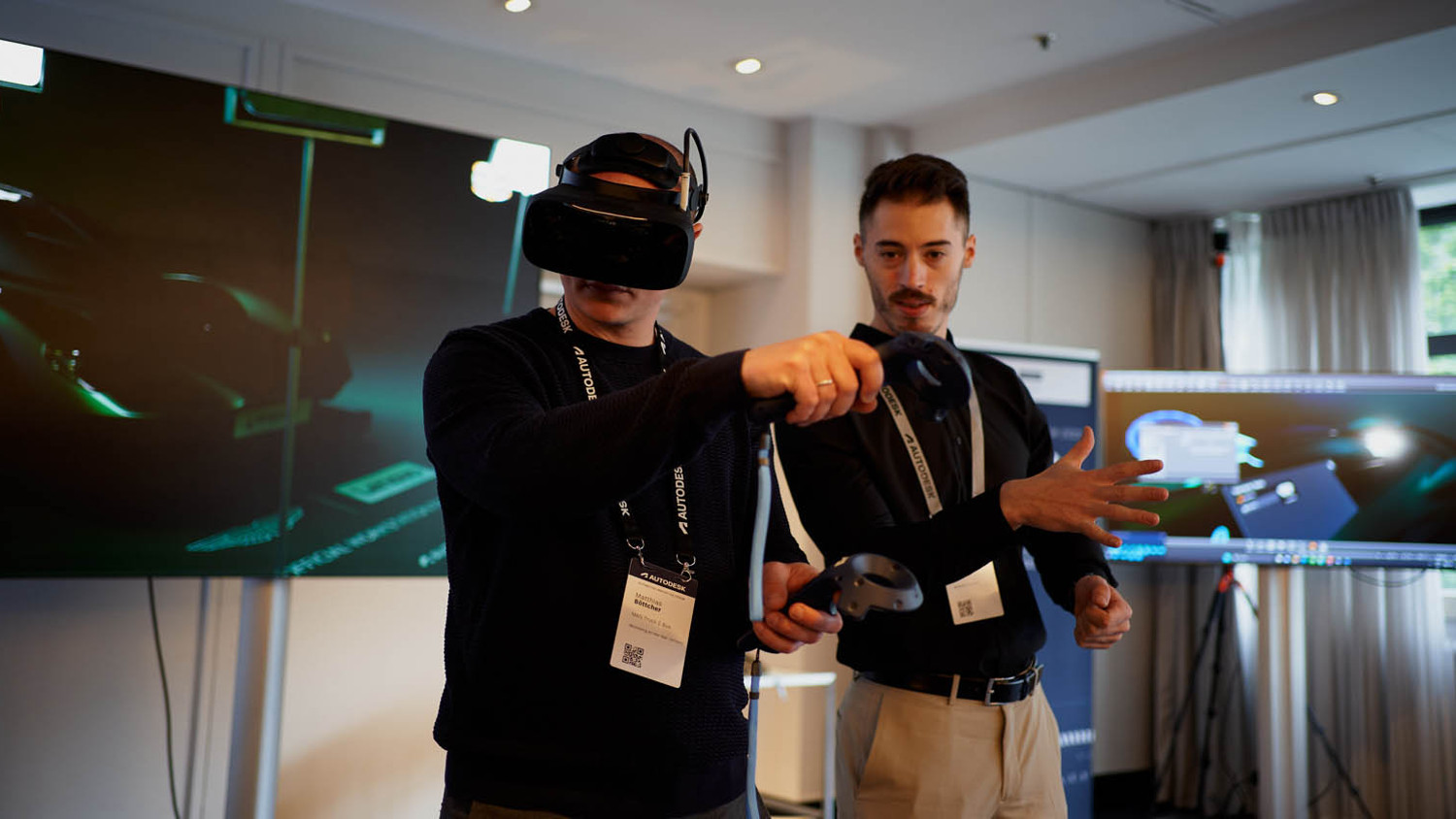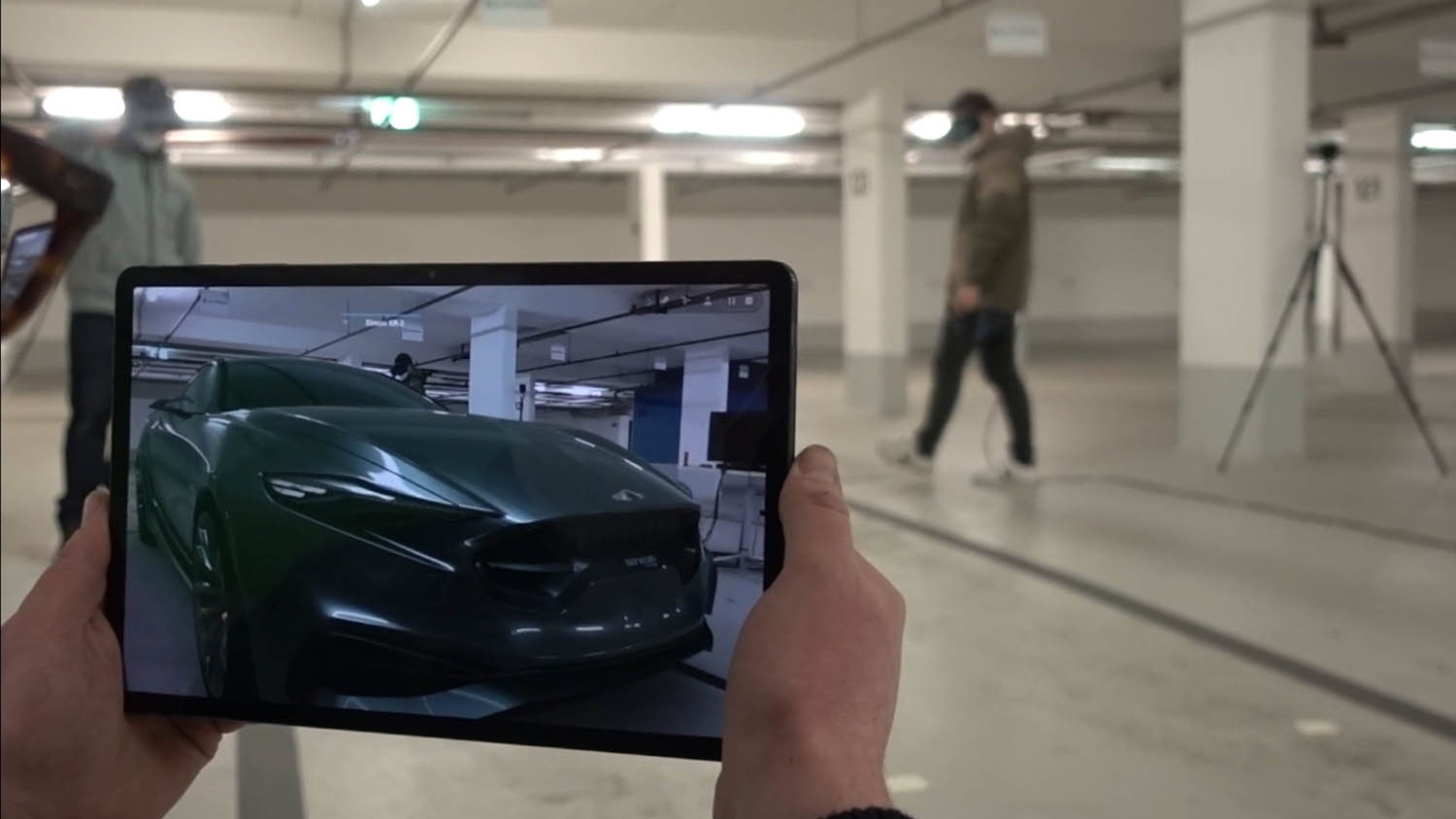A-class surfacing mainstay Autodesk Alias remains the leading design software in automotive styling. Stephen Holmes sat down with its developers to get their perspectives on the evolution of automotive design and how software is adjusting to a faster, leaner, digital workflow
The automotive industry is at a pivot point right now. The old guard is facing its strongest challenge in decades. Customer perceptions of value in a new car are changing. And after years of products looking much the same, brands are beginning to break the mould with their styling.
“I think the OEMs have to put themselves out to differentiate,” says Thomas Heermann, Autodesk’s vice president for product design and manufacturing solutions and someone with a very keen focus on automotive.
“If you look back over the last few years, things have been very similar in style and language. But I think if you want to differentiate, you have to be seen differently, you have to look different, you have to be a little bit different, too.” He cites BMW as one brand pushing the envelope with styling as a means to stand out from the crowd.
In his role at Autodesk, Heermann has a front-row seat from which to observe how the industry is evolving. And it’s not just the products that are changing, but also OEM workflows and even Autodesk’s role as a key software provider to these companies.
While there are marques that have been building cars for well over a century, and others, many from Asia, that have been in the business for several decades, there are some that have only been building cars for a handful of years. For Autodesk, he says, “it’s amazing to deal with all these customers and see what’s important to them.”
Changing lanes
New automotive brands present Autodesk with very different requirements as compared to legacy brands, he says. In the past, the latter might take seven years to build a new model. Not any more. Today, speed of development is the name of the game. “These guys have to get innovation into the market as soon as possible.”
Changing dynamics mean Autodesk is shaping its products differently in response. Adding a new surfacing feature here, or a new shader there, is no longer going to cut it in an industry striving to slash development time down from seven years to two years.
“We had to rethink how we approached this,” he says. Bringing surface modelling product Alias and visualisation toolset VRED closer together has helped customers “to inch out all these additional loops.”
The new EV brands are developing new models quickly, and the legacy companies want to catch up as fast as they can. It’s with the former group that Heermann says Autodesk is having the most exciting discussions. “We talk about collaboration more; we talk about workflows and processing process optimisations. And these are areas where the industry is changing as well.”
In terms of styling, Heermann is seeing a more digitally focused workflow as one of the key drivers of faster car development. EV start-ups that initially focused on the engineering of batteries and powertrains are now intent on developing their own design language, “because appeal and design are the biggest decision makers for customers now.”
The importance of interiors, with textiles, material finishes and “everything that makes you feel at home in your vehicle”, is also a driving factor for new workflows. It’s certainly increasing the importance of extended reality, or XR, according to Marek Trawny, Autodesk’s director for product management in its automotive group.
“You can’t build twenty different interiors, ship them around the world to ask people how they like them,” he points out. But in the digital world, that’s possible and it’s faster and more cost-efficient, too. “Colour, Material, Finish – that’s going to be huge moving forwards. I’m having lots of conversations with customers around that.”


Picture this
At the same time, automotive designers want more from tools like VRED than something that delivers visualisations at the end of the design process. They want something they use throughout, from checking early concepts to making decisions on colour trims. The ability to watch a visualisation play out on a large video wall or to pop on a headset and look at the model in 1:1 scale is incredibly useful.
Even the assessment of materials, always a tactile process, is getting streamlined now that accurate views of samples can be delivered digitally before physical samples are sent out.
Digital models, meanwhile, have grown vastly in importance – another trend driven by start-ups – and given the size and security of the data sets involved, the cloud has a big role to play here.
“As we know, traditionally, the cloud and design studios were like two magnets pushing away from each other,” laughs Trawny. Now, studios are eager to learn more. “That’s really interesting to see. And I think it’s this kind of peer pressure at work, which is currently building up, and everyone forcing everyone else to innovate, to remain competitive.”
Heermann adds: “I think customers also understand what extra capabilities they’re getting as well. In order to collaborate, you need a cloud. Computational design or machine learning only work if you have cloud access, as well. So certain things, customers understand, and that helps them to accelerate. Cloud makes it really easy to scale up bigger, and have more people participate in the design process too.”
With this in mind, VRED is playing a greater part in the workflow traditionally headed up by Alias, and this is definitely a key factor behind both 2023 versions receiving a refreshed user interface that adds consistency and makes transitioning between the two products easier. “It isn’t about using this application or that application. It’s about using capabilities that allow us to get tasks done. And they should all feel the same, behave the same. But for us, under the hood, it’s a great way to get innovation out even faster as well,” says Heermann. Even the most die-hard Alias users understand the change and how it can help them to be faster.
Plus, new users, some emerging from universities, some accustomed to using all types of tools, look up to Alias and VRED, says Trawny. “They want to learn them, because they know if they learn these tools, they can make a living out of it.”
Autodesk is aware that the company’s products are often part of a wider ecosystem of tools used by customers, but as Heermann puts it, it wants the Alias-VRED combination to be their backbone for innovation. Hence the need for greater familiarity in UI and interoperability between all tools, allowing designers to pick the best tool for a respective job and pass the data on to the next person in the workflow.
Alias still holds key abilities, explains Heermann, that give it an edge. “What you can do in Alias doesn’t exist elsewhere. You can do sub-D modelling together with NURBS modelling and it’s connected. I think we have opportunities to innovate where others maybe cannot go and that gives us a unique advantage.”


Rolling onwards
It’s the pipeline that’s key, says Trawny. How do people collaborate? How can we automate the process in the background? How does data move through the entire workflow? For this last element, the automotive team is advocating ShotGrid. Plucked from the Autodesk Media & Entertainment suite of software, the project management toolset is more typically used in animation and special effects workflows.
“Something like ShotGrid is way more natural to a designer than a PDM system, which is very dry and technical,” continues Trawny. “That was really the starting point.”
He explains that giving customers the power to create a pipeline that they think is perfect for them, while drawing on Autodesk’s decades of industry experience, is key to enabling the creativity end of the process. “That’s where the magic of being an Autodesk customer kind of comes into play,” he says. “Everyone designs a vehicle at the end of the day. It’s just the way they get there that differs.”






